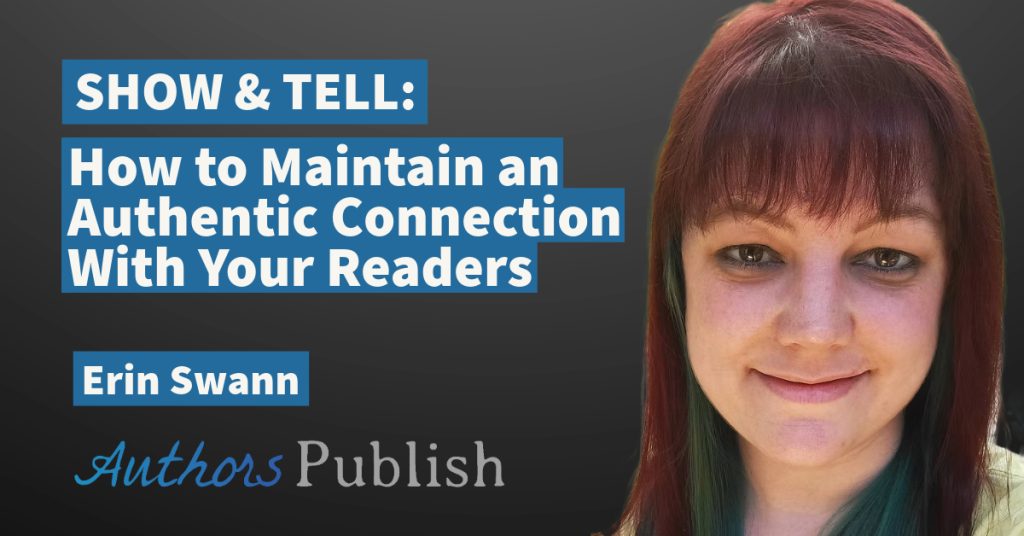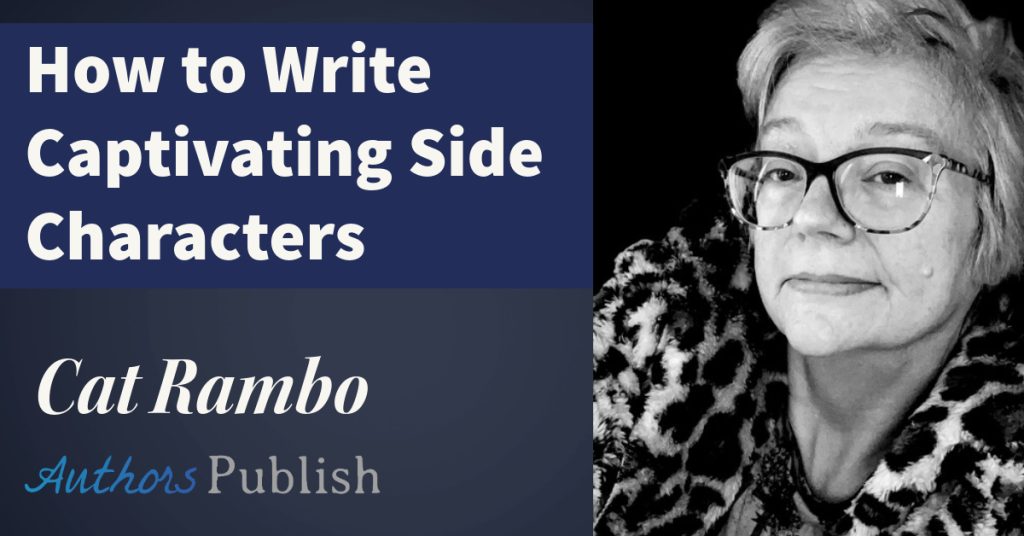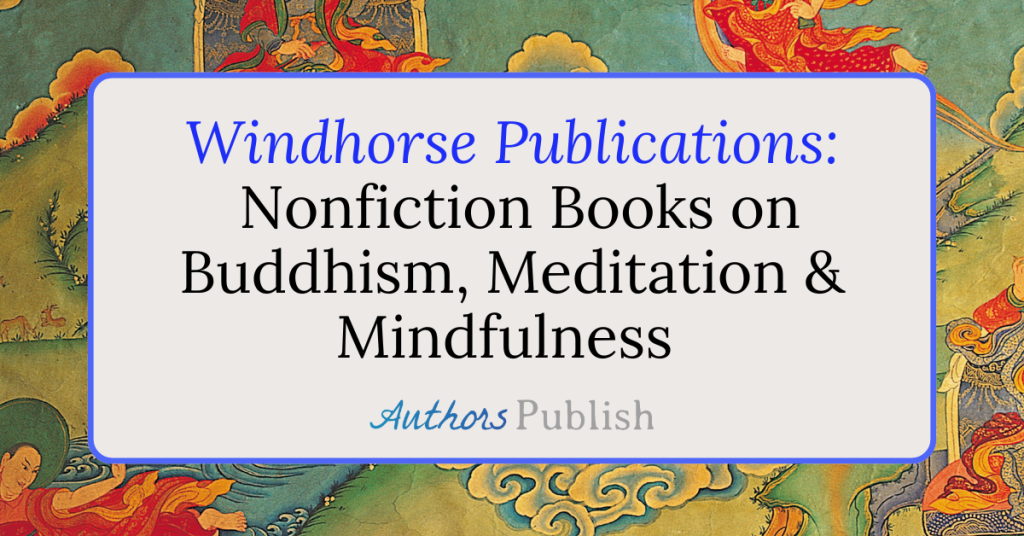by Wendy S. Delmater
Oh no. Your literary creation—poem, article, novel, or story—has been rejected. What do you do now?
One of the first questions you should ask is, was this a Form Rejection or a Personalized Rejection? When you use The Grinder (by Diabolical Plots) to keep track of your submissions, it even gives you those options on a drop down menu. And there a shades of rejection letters, something called “tiered rejections.” Every publication has different rejection letters, too. One thing you can do is to take a look at the rejection wiki to see if the market you submitted it to has sample rejection letters.
If it’s a form rejection letter, try not to read too much into it. Editors are busy, and they are desperately trying to pare down a veritable mountain of submissions into a manageable pile. They rarely have time for any comments in a rejection. And sometimes they are so inundated, or so behind, that they do mass rejections without even reading it. So, by sending a form rejection they did not say you were a bad writer, they just said not this story, not this time. And the reason may have nothing to do with what you wrote; it could be that someone else also sent a story they just bought which is about talking asparagus or alien lichens or giant hummingbirds from hell. And they cannot publish two stories about the same subject.
The Personalized Rejection is actually brag-worthy. It means they liked it enough to encourage you. If the editor has any suggestions for improvement in that rejection letter, consider using these suggestions in a rewrite. Unless the editor totally did not get what you were doing and wants to materially change the story until it’s unrecognizable, which happens, it’s worth a try. They are giving you free advice and sometimes editors charge for such advice, so it’s a gift when they offer help. Use it wisely, but do not assume they want a rewrite sent right back. If they want a rewrite they will say so.
Here is a link to an example of a tiered rejection system. This publisher has rejections they call the Very Good, The Good, The Bad, and The Ugly rejections. The Very Good rejections have comments: they’re personalized. The Good, the Bad and the Ugly rejections have different wording, but no comments.
Try to avoid sending a rejected story to a market that has already seen it. Keep track of where you’ve sent things so you do not make that mistake.
And then, write the next thing while you’re waiting. Writing is like anything else: the more you do it, the better you get at it. And remember this old saying, “You’re not a real writer until you can wallpaper a room with rejection letters.” In this digital age, you’d have to print them out to make that wallpaper, which I don’t suggest. But you get the idea. Just keep kicking the submissions back into play, and keep track of where you sent them. Rejections are a badge of honor in a way, because sending your work back out means you’re persevering.
And, for a writer, perseverance is equally valuable as your ability to write well.
Wendy S. Delmater is the author of Confessions of a Female Safety Engineer, and the Better Dating Through Engineering series. She has been editor of the Hugo-nominated magazine, Abyss & Apex, since 2006. She is also the editor of The Best of Abyss & Apex, Volumes 1 and 2. Wendy’s recent publication credits include short stories and poetry in The Singularity magazine, Gathering Storm Magazine, Little Blue Marble, Star*Line, Illumen, and Silver Blade Magazine. You can visit her Amazon Author page, which contains her blog, or follow her on Twitter where she’s known as @safewrite.






